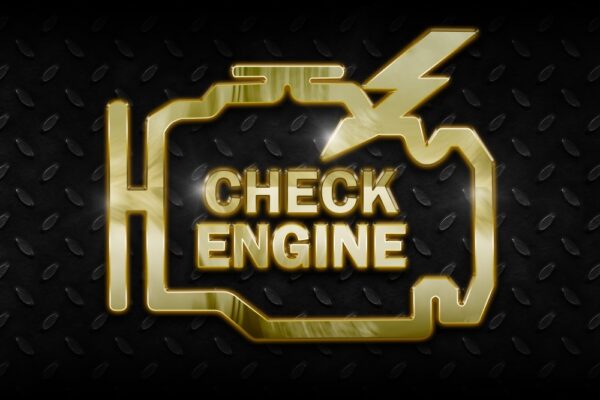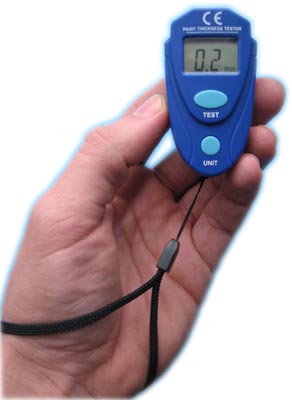
P2021 Intake Manifold Impeller Position Sensor / Switch Circuit Low Bank 2
Content
P2021 Intake Manifold Impeller Position Sensor / Switch Circuit Low Bank 2
OBD-II DTC Datasheet
Intake Manifold Impeller Position Switch / Sensor Circuit Bank 2 Low
What does this mean?
This Generic Powertrain / Engine DTC is commonly applied to fuel injection engines from most manufacturers since 2003.
These manufacturers include, but are not limited to, Ford, Dodge, Toyota, Mercedes, Volkswagen, Nissan, and Infiniti.
This code mainly deals with the value provided by the intake manifold flow control valve / sensor, also called the IMRC valve / sensor (usually located at one end of the intake manifold), which helps the vehicle PCM to monitor the amount of air. allowed in the engine at different speeds. This code is set for bank 2, which is a cylinder group that does not include cylinder number 1. This is a circuit malfunction, regardless of vehicle manufacturer and fuel system.
Troubleshooting steps may vary depending on the make, fuel system and intake manifold valve position / position sensor (IMRC) type and wire colors.
symptoms
Symptoms of a P2021 engine code may include:
- Malfunction Indicator Lamp (MIL) illuminated
- Lack of power
- Poor fuel economy
reasons
Typically, the reasons for setting this code are as follows:
- Faulty IMRC Actuator Relay (If Equipped) Bank 2
- Faulty drive IMRC / sensor row 2
- Rare - Faulty Powertrain Control Module (PCM) (requires programming after replacement)
Diagnostic steps and repair information
A good starting point is always to check the Technical Service Bulletins (TSB) for your particular vehicle. Your problem may be a known issue with a known manufacturer-released fix and could save you time and money while troubleshooting.
The next step in this process is to locate the bank 2 IMRC valve / sensor on your specific vehicle. Once detected, visually inspect the connectors and wiring. Look for scuffs, scratches, exposed wires, abrasions, or melted plastic connectors. Disconnect the connectors and take a close look at the terminals (metal parts) inside the connectors. Make sure they are not burnt or rusty. When in doubt, purchase an electrical contact cleaner from any parts store if you need to clean the terminals. If this is not possible, use rubbing alcohol and a small plastic bristled brush (worn out toothbrush) to brush them. Let them air dry after cleaning. Fill the connector cavity with dielectric silicone compound (the same material they use for bulb holders and spark plug wires) and reassemble.
If you have a scan tool, clear the diagnostic trouble codes from memory and see if the code returns. If this is not the case, then there is most likely a connection problem.
If the code returns, we will need to test the IMRC valve voltage signals coming from the PCM as well. Monitor the IMRC valve voltage on your scan tool. If a scan tool is not available, check the signal to the IMRC valve with a digital volt ohm meter (DVOM). With the valve off, the red voltmeter wire must be connected to the IMRC valve power wire and the black voltmeter wire must be connected to ground. Turn the ignition key to the "run" position and check the voltage. It should be fairly close to the battery voltage (12 volts). If not, then the problem is in the circuit. If it has 12 volts, reconnect the wires to the valve and check the voltage at the ground wire (PCM control wire). It should also be pretty close to the battery volt. If not, it is assumed that the IMRC valve / solenoid is open / shorted at this time.
If all tests have passed so far but you still have the same code, test your scan tool and see if it can open and close the IMRC valve. This may be called "Drive Test", "Bidirectional Test" or "Function Test" depending on the diagnostic tool/vehicle manufacturer. If the scan tool has this capability and the scan tool can control the IMRC valves, then the problem is either resolved and all that's left is a simple code clear or a new PCM will be required. If the scan tool has the ability but cannot move the valves, either a faulty ground circuit between the valve and the PCM or a faulty PCM is indicated.
It cannot be stressed enough that after the first or two diagnostic steps have taken place and the problem is not obvious, it would be a prudent decision to consult with an automotive professional about repairing your vehicle, as repairs from this point on may require removing the intake manifold to properly diagnose this code. and problems related to engine performance.
Related DTC discussions
- There are currently no related topics in our forums. Post a new topic on the forum now.
Need more help with your p2021 code?
If you still need help with DTC P2021, post a question in the comments below this article.
NOTE. This information is provided for informational purposes only. It is not intended to be used as a repair recommendation and we are not responsible for any action you take on any vehicle. All information on this site is protected by copyright.
